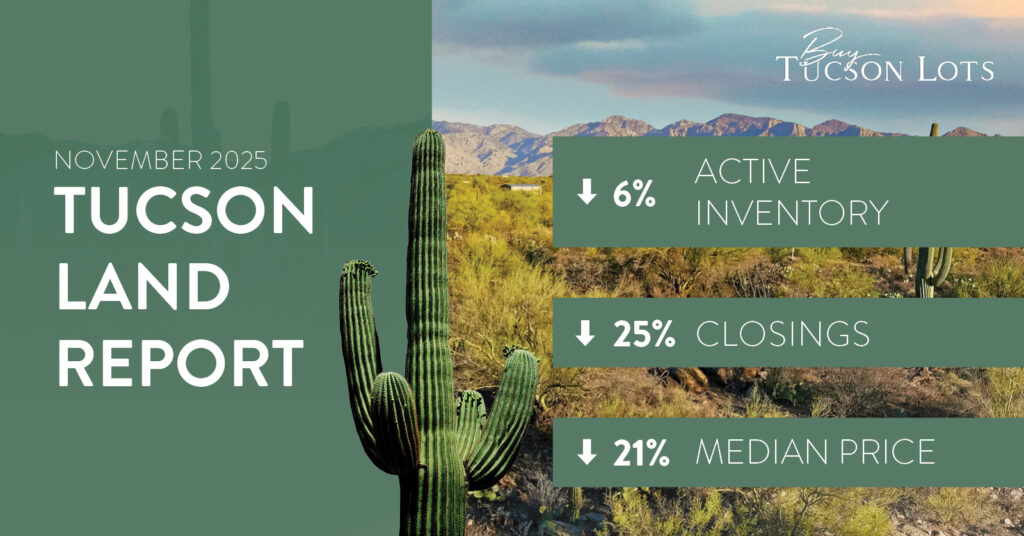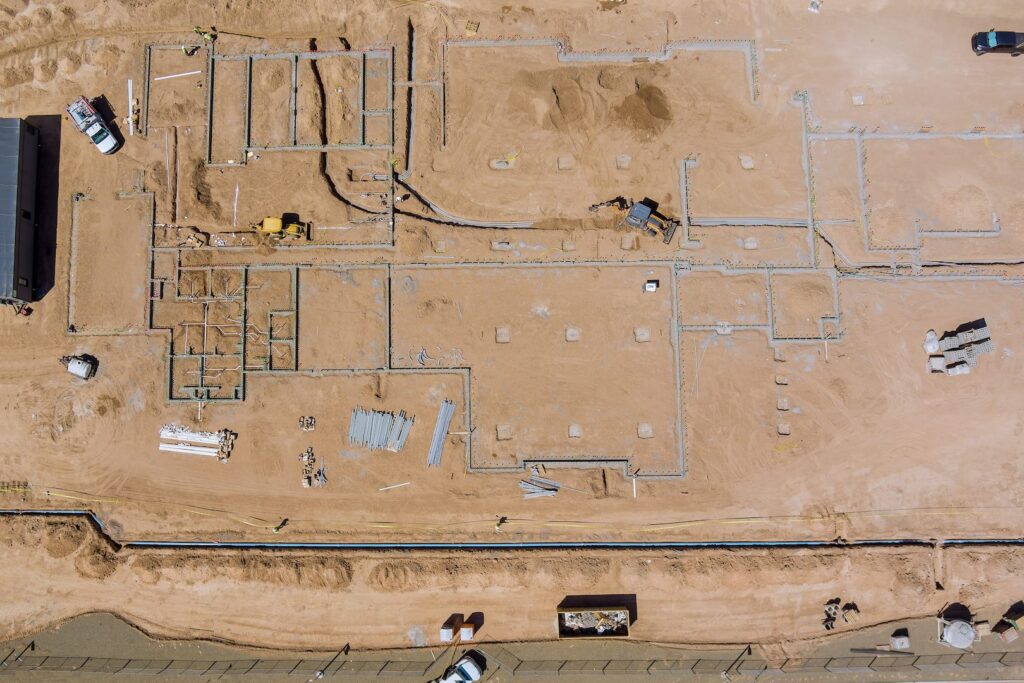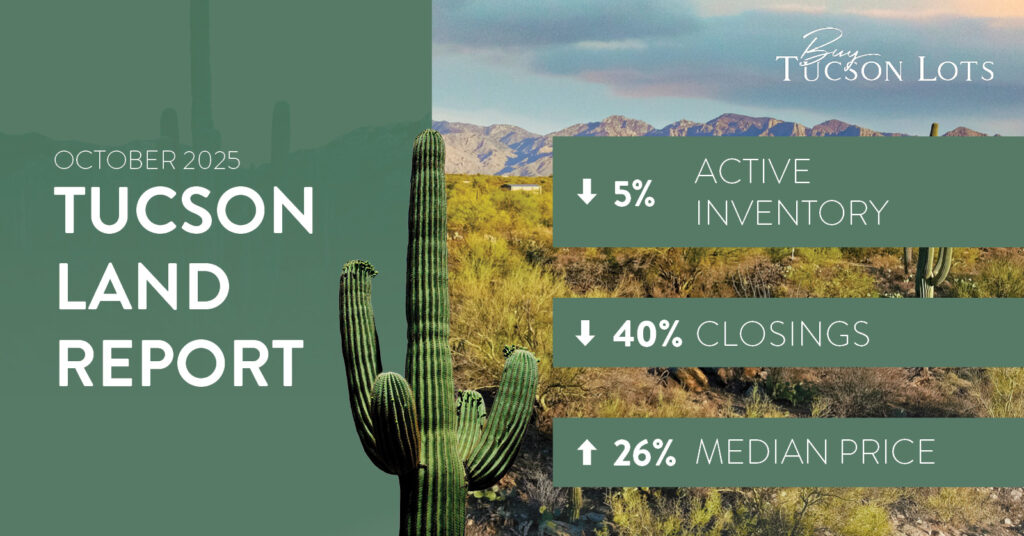Unless you have an enormous sum of money lying around, one of the first things you have to do before building your own home is aquire a loan. This seems simple enough, and in reality, it really isn’t too terribly difficult. That said, it does differ from a traditional mortgage in a number of ways. Therefore, you’ll want to know a little bit about the process when getting started.
Know Your Options
Before you do anything else, make sure you know your options. There are two main types of construction loans to choose from, and you want to make sure you choose the one that’s right for you. These loan types include a “one-time-close” loan and a “two-time-close” loan.
One-Time-Close Loan
A one-time-close loan covers the construction of your home and automatically converts your loan balance into a mortgage when construction is complete, meaning you close on the loan only once. This is clearly the most straightforward way to go about it, but there are also a few drawbacks:
Pros
- Easiest to qualify for
- Simultaneous approval for both construction financing and mortgage
- Only one set of closing costs
Cons
- A possibility of higher mortgage interest rate
- If spending is too high, you may need to take out a second loan
- Large down payment required
Two-Time-Close Loan
This less popular type of loan requires homeowners to take out two separate loans—one for the construction of the home and a mortgage to pay off the construction loan. Again, there are pros and cons here:
Pros
- Flexibility; you can shop for your mortgage wherever you please
- Potentially lower mortgage interest rate
- Potentially lower down payment
Cos
- Difficult to qualify for
- Two sets of closing costs
- Risk of not being approved for a mortgage after taking out a construction loan
Shop Around
When looking for a construction loan, be sure to shop around. You may want to start with your bank—especially if you have a long-term relationship with them—but don’t limit yourself to one institution. Often, credit unions will offer lower interest rates, so make sure you seek out all the options before committing to anything.
Prepare for Approval
Construction loans are different from home loans in that the lender has no collateral. Therefore, your lender will need a very detailed description of your plans. You have to convince the lender that the end product will be worth the money you’re wanting to put into it.
Not only that, but your contractor will also need to be approved. Therefore, you’ll want to make sure to choose a reputable contractor who you and your bank/credit union can trust completely.
Create a Smart Draw Schedule
Another part of the loan process includes creating a “draw schedule.” The draw schedule dictates when money will be given to your contractor throughout the building process. For instance, if you know that the first phase of construction will cost a certain amount, your draw schedule will include that the contractor is to receive that amount and only that amount at the beginning of phase one. It will continue specifically with what the contractor should receive at the beginning of each subsequent phase.
You aren’t on your own for this one, as your lender will want to be in on this step. However, it’s still important that you are involved and agree to the draw schedule. Handing your contractor too much at the beginning of the process could leave you high and dry should the contractor spend too much early on—or worse yet, back out of the job and leave with too much money.
In order to protect themselves, your lender will send a third-party inspector out at the end of each phase in order to ensure the process is on schedule. That said, this inspector is not generally watching for quality workmanship, meaning you’ll likely want to bring your own inspector out as well.
Have a Down Payment Ready
Construction loans tend to require quite large down payments. In fact, you’ll probably need a 20–30% down payment in order to get the ball rolling. That’s a pretty large sum of money, and one you’ll definitely need to prepare for.
That said, there are times when a lender will allow land to be used as a down payment. Therefore, if you own the land outright that your home will be built on but don’t have a lot of cash, you might try this method.
Those who are low on cash can also try to take out a two-time-close loan in order to lower their down payment requirement.
Find Insurance
Your lender will require that you or your contractor carry Builder’s Risk Insurance in order to cover your home should something happen to it during the construction process. They’ll also require you or your contractor to take out a General Liability Insurance policy. This will protect you should a non-worker be harmed in the unfinished building. Generally, the homeowner covers the Builder’s Risk Insurance and the contractor covers the General Liability Insurance. However, this isn’t a hard and fast rule.
Finally, your contractor is required by both the lender and the law to carry Workers’ Comp Insurance, which covers all employees working under them. Ensure that your contractor definitely has a current policy before hiring them.
Knowing these things will help you find and secure the right loan for your situation much more easily. Keep them in mind as you go through the process and you will be well on your way to a brand new home!







